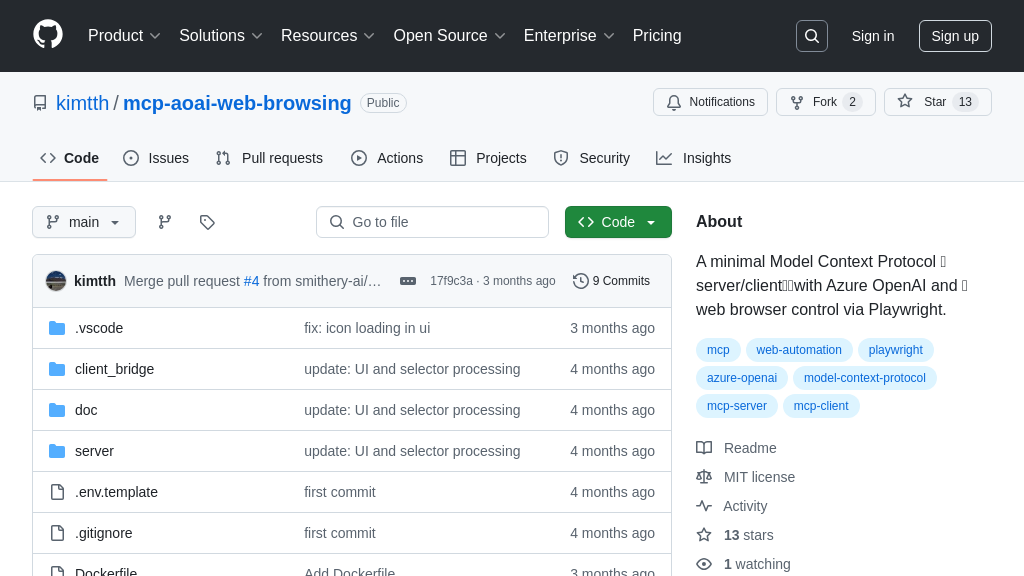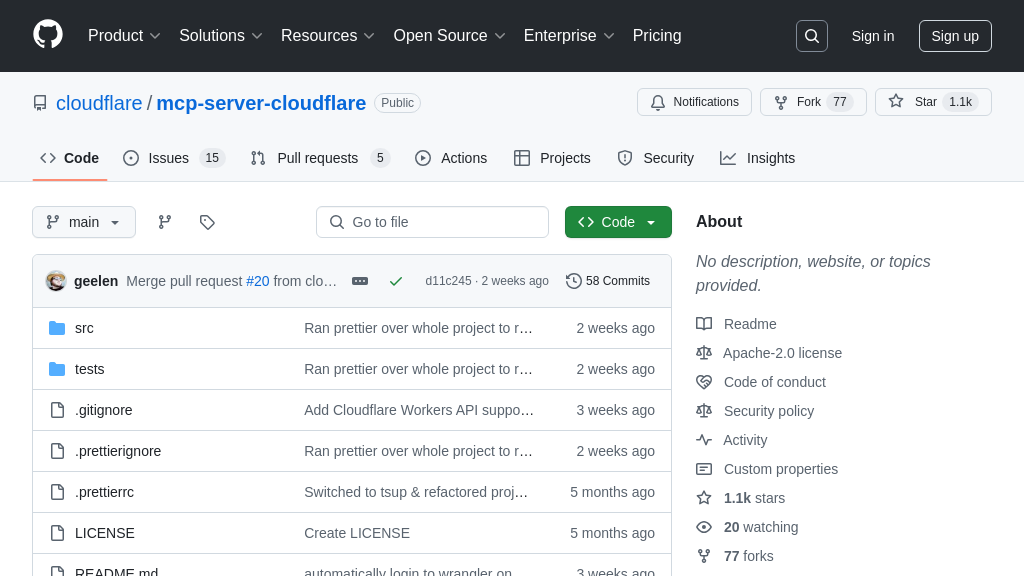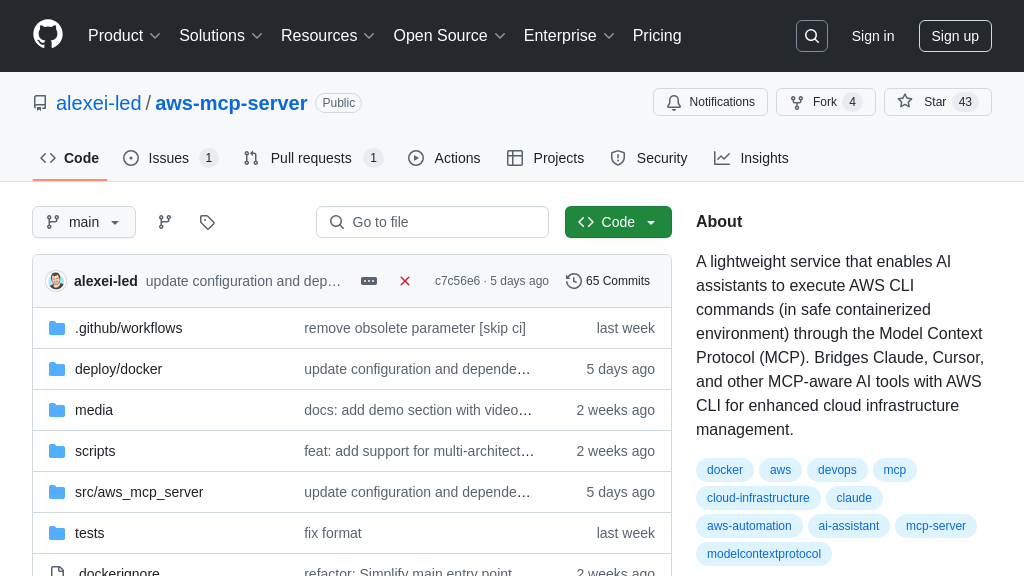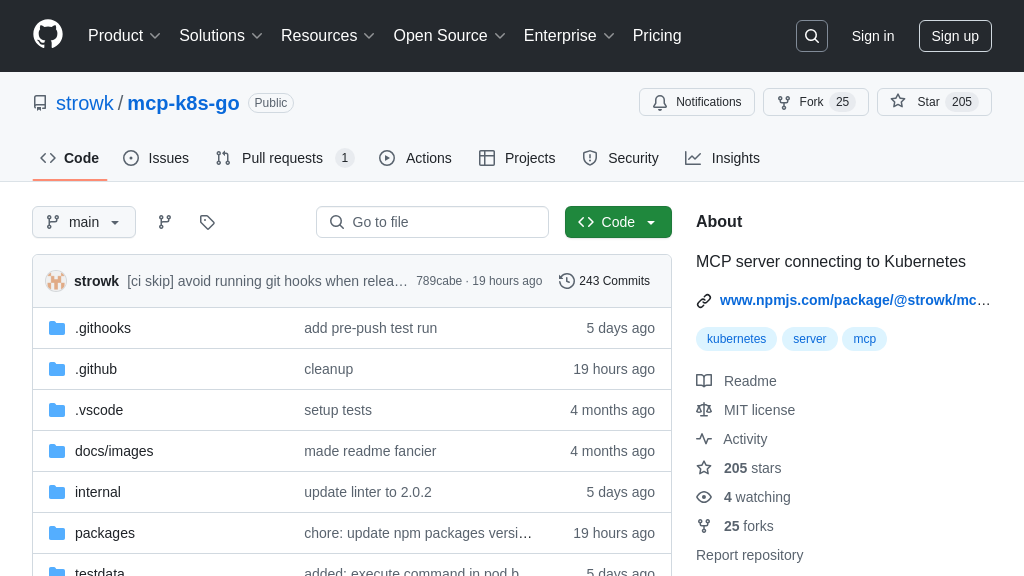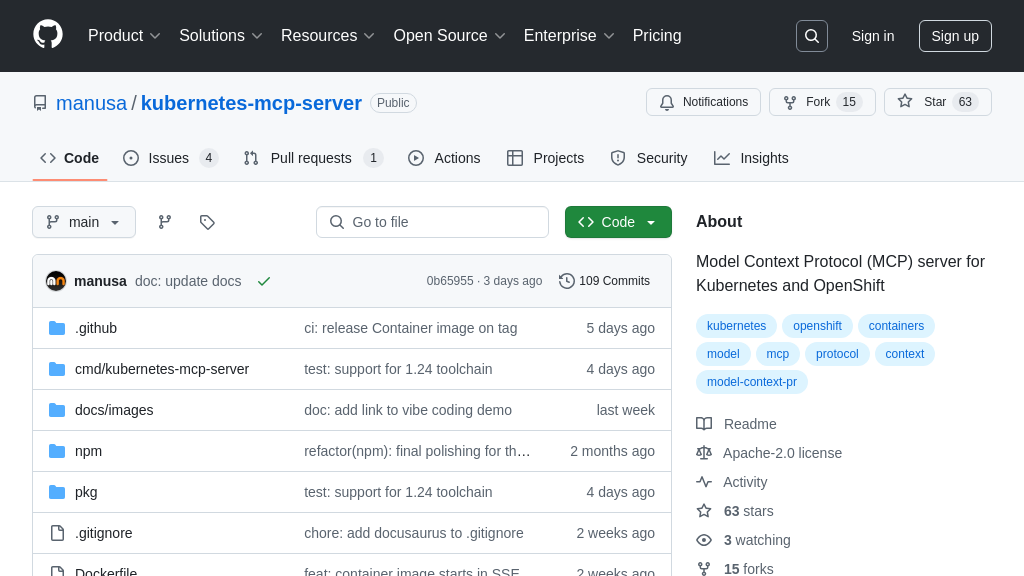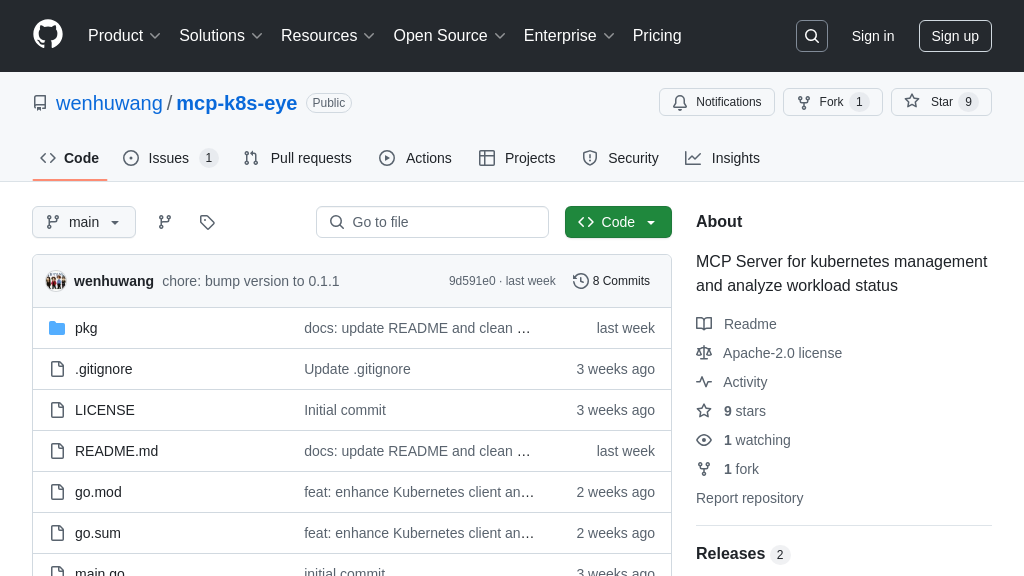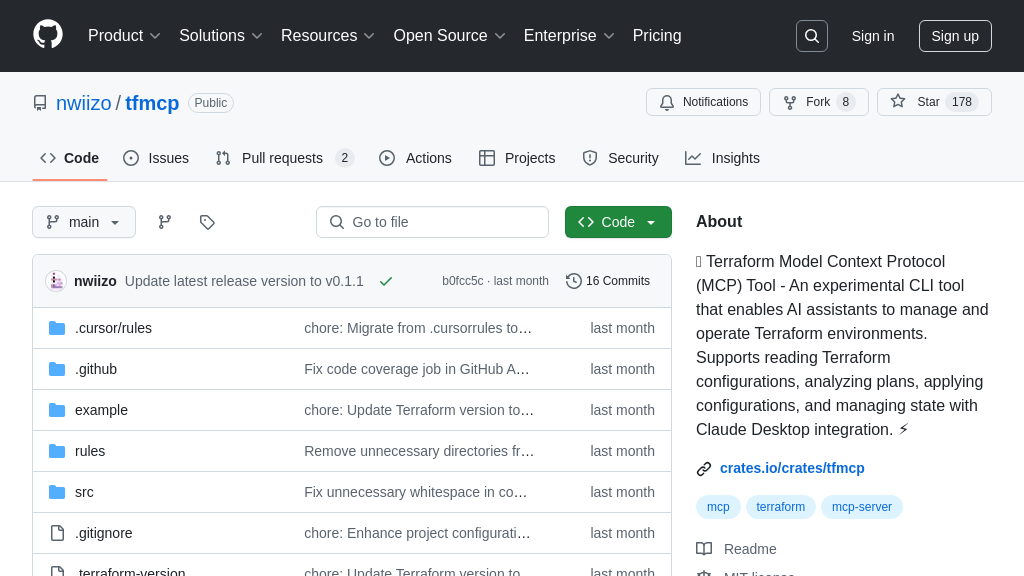mcp-snowflake-server
The mcp-snowflake-server connects AI models to Snowflake for data querying and insight management via the Model Context Protocol (MCP).
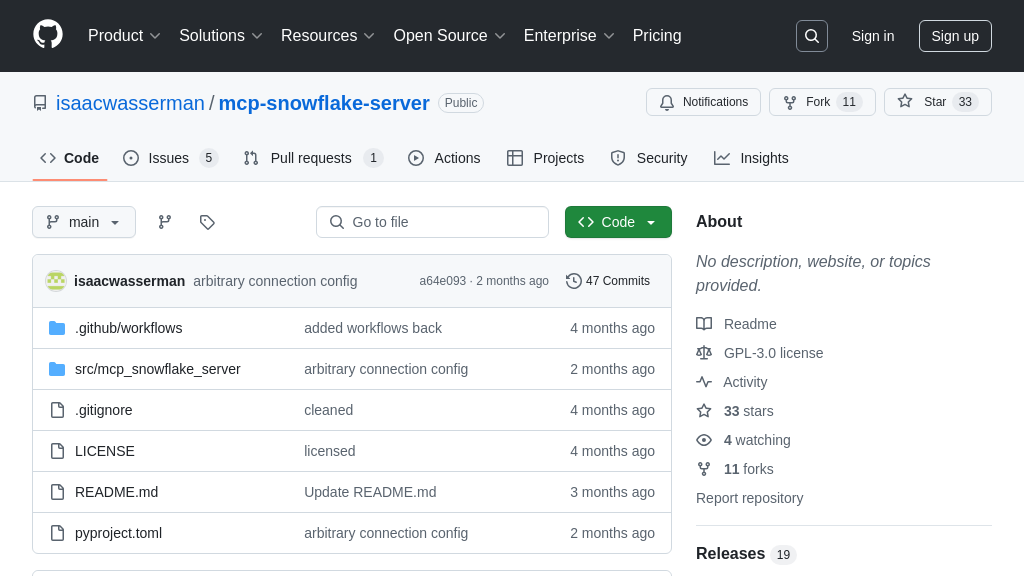
mcp-snowflake-server Solution Overview
The mcp-snowflake-server is a powerful MCP server designed to facilitate seamless interaction between AI models and Snowflake databases. It equips AI models with the ability to execute SQL queries, manage database schemas, and extract valuable data insights.
This server provides a suite of tools, including read_query, write_query, list_tables, and describe_table, enabling AI models to read, write, and understand Snowflake data structures. The unique append_insight tool allows AI to dynamically update a data insights memo, fostering continuous learning and analysis. By connecting AI models to live Snowflake data, this server unlocks opportunities for automated data analysis, report generation, and intelligent decision-making.
Integration is streamlined through tools like Smithery or manual configuration via claude_desktop_config.json, making it easy to deploy and use within existing workflows. The mcp-snowflake-server empowers developers to build AI-driven applications that leverage the full potential of their Snowflake data.
mcp-snowflake-server Key Capabilities
SQL Query Execution
The mcp-snowflake-server enables AI models to directly interact with Snowflake databases by executing SQL queries. It offers three core tools for this purpose: read_query, write_query, and create_table. The read_query tool allows the AI to retrieve data from the database using SELECT statements. The write_query tool, when enabled with the --allow-write flag, permits the AI to modify data using INSERT, UPDATE, or DELETE statements. The create_table tool, also requiring the --allow-write flag, allows the AI to create new tables. This functionality is crucial for AI models that need to access, manipulate, or create data within a Snowflake environment.
For example, an AI model could use read_query to fetch customer data for sentiment analysis, write_query to update customer records based on AI-driven insights, and create_table to store the results of a new AI model's predictions. The server uses the Snowflake Connector for Python to execute these queries, ensuring efficient and secure communication with the Snowflake database.
Database Schema Exploration
The server provides tools for AI models to understand the structure of the Snowflake database. The list_tables tool returns a list of all tables in the database, while the describe_table tool provides detailed column information for a specified table, including column names and data types. This is essential for AI models to dynamically adapt to different database schemas and construct appropriate SQL queries. Without this, AI models would need pre-configured knowledge of the database schema, limiting their flexibility and reusability.
Imagine an AI model designed to generate reports from a Snowflake database. It could use list_tables to discover available tables and then use describe_table to understand the structure of each table before formulating its queries. This dynamic schema exploration allows the AI to work with various Snowflake databases without requiring manual configuration for each one. The server leverages Snowflake's metadata APIs to retrieve schema information, providing accurate and up-to-date details to the AI model.
Dynamic Data Insights Memo
The mcp-snowflake-server features a unique resource called memo://insights, which acts as a continuously updated data insights memo. The append_insight tool allows AI models to add newly discovered insights to this memo. This resource provides a centralized location for the AI to store and access key findings during analysis. The memo auto-updates as new insights are discovered, ensuring that the AI always has access to the latest information. This is particularly useful for complex analytical tasks where the AI needs to maintain a record of its discoveries and reasoning.
For instance, an AI model analyzing sales data could use append_insight to record significant trends or anomalies it identifies. These insights are then stored in the memo://insights resource, which can be accessed by the AI or other tools for further analysis or reporting. The server implements this memo using an in-memory data structure that is updated whenever append_insight is called, providing a simple and efficient way to manage data insights.
